Iran, with a history spanning thousands of years, is the cradle of ancient civilizations and rich and diverse cultures. This country, with its diverse geography including mountains, plains, deserts, and coasts, boasts unparalleled diversity in climate and environment. Iran’s economy is primarily based on oil, gas, and natural resources, but it also has significant activities in agriculture, industry, and technology sectors. Iranian culture and art, including literature, architecture, carpets, and handicrafts, are recognized as part of the world heritage.
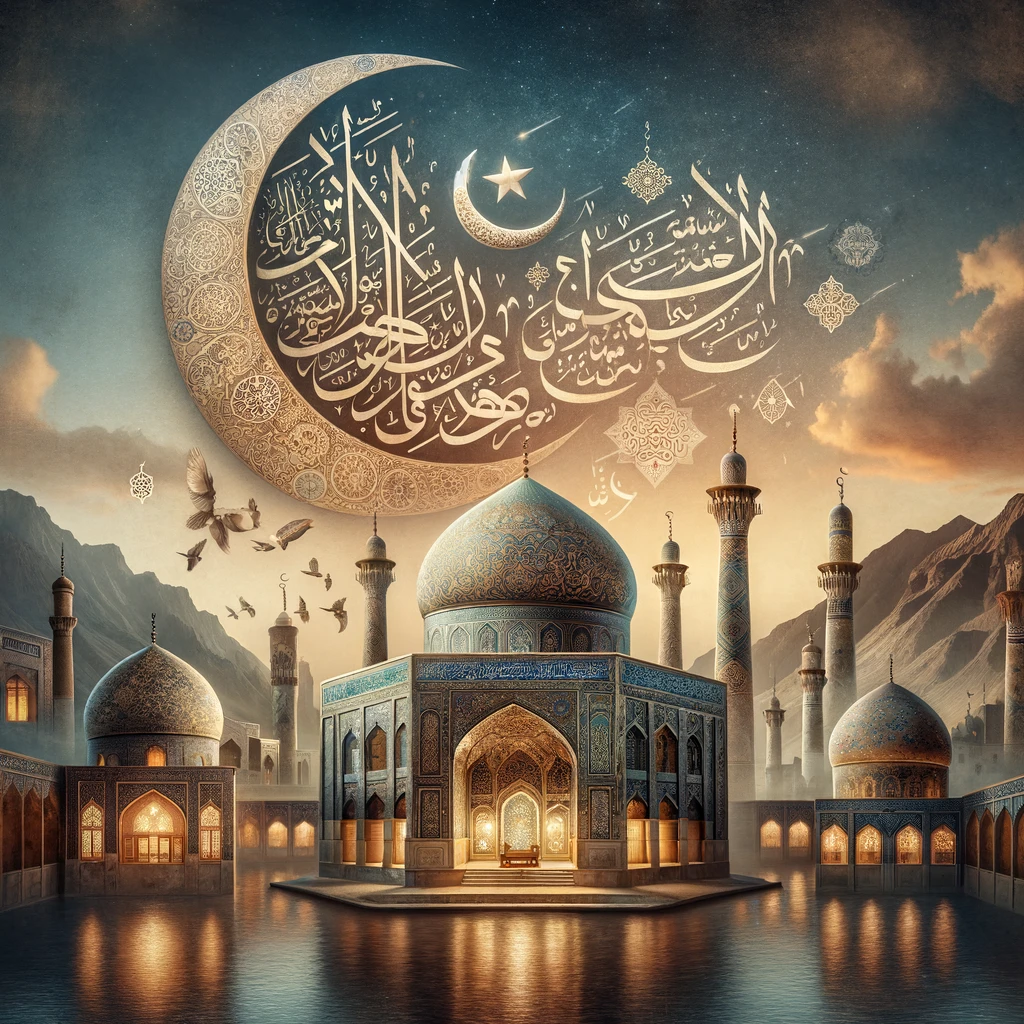
Religion in Iran:The official religion of Iran is Islam, specifically Twelver Shia Islam. Iran is recognized as the largest Shia country globally, and Shia Imams play a significant role in the religious and cultural life of the Iranian people. In addition to Shia Muslims, other religious minorities also live in Iran, including Sunnis, Christians, Jews, and Zoroastrians, all of whom are protected by Iran’s constitution and have the freedom to practice their religious rituals freely.
Language in Iran:The official and national language of Iran is Persian (Farsi), which is used throughout the country as the primary language for communication and education. Persian has a rich literary tradition dating back thousands of years. Iran also has significant linguistic diversity, with various languages and dialects spoken, including Kurdish, Azerbaijani Turkish, Luri, Balochi, Arabic, and Turkmen, by ethnic minorities in different regions.This linguistic and religious diversity reflects the complexity and cultural richness of Iranian society, providing it with a distinct identity in the region and the world. Iran, due to its cultural and historical heritage, has always been regarded as a significant cultural and civilizational center in the Islamic world.
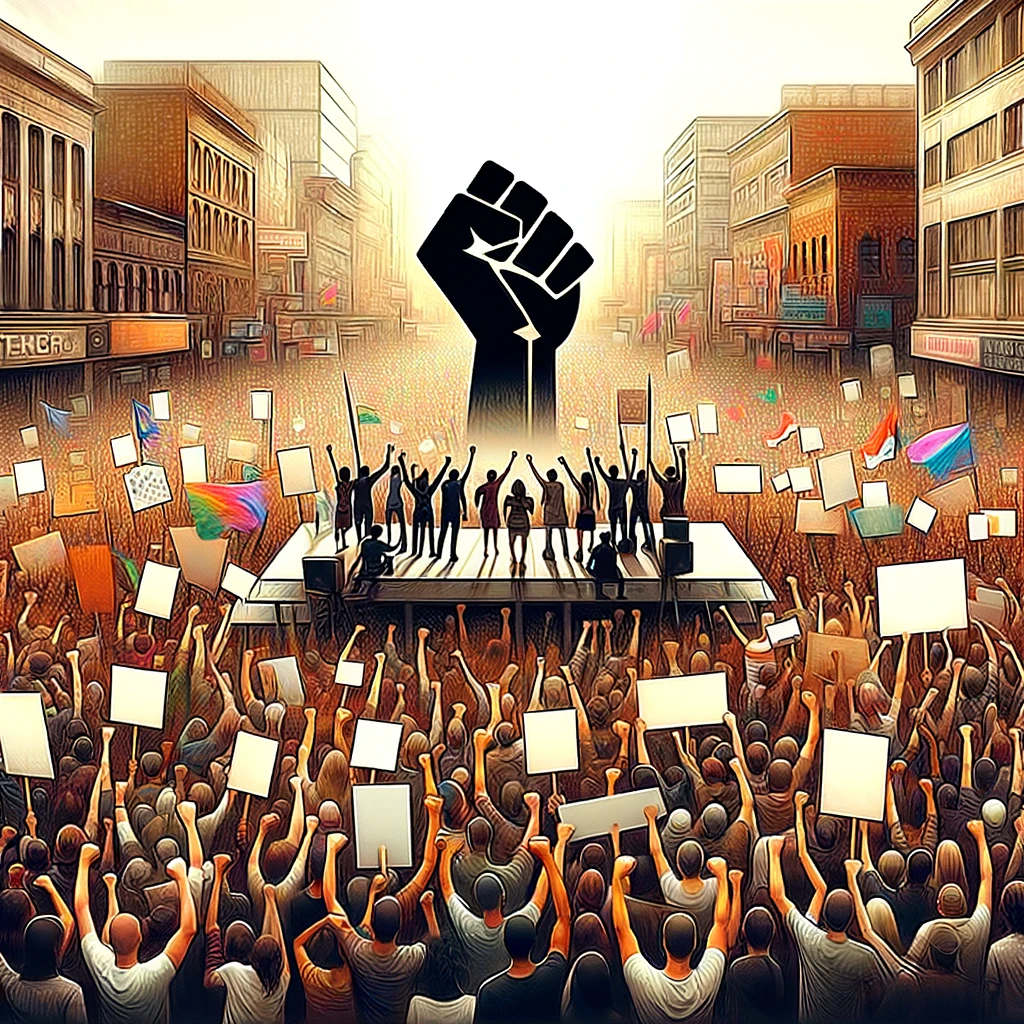
### The Iranian Revolution, also known as the Islamic Revolution, is one of the most significant events in modern Iranian history, occurring in 1979 (1357 SH). This revolution led to the overthrow of the monarchy of Mohammad Reza Shah Pahlavi and the establishment of the Islamic Republic of Iran under the leadership of Ayatollah Ruhollah Khomeini. Background of the Revolution:The Islamic Revolution of Iran was the result of decades of public dissatisfaction with the Shah regime. Various factors such as economic inequality, political suppression, government corruption, and the imposition of Western culture contributed to the growing discontent. Moreover, the Shah’s detachment from the religious and traditional values of Iranian society played a significant role in shaping the opposition. Role of Ayatollah Khomeini:Ayatollah Ruhollah Khomeini, who was in exile at the time, was recognized as the spiritual and political leader of the revolution. Through audio and written messages, he garnered widespread support among various segments of the Iranian population. Khomeini emphasized the establishment of an Islamic government based on Shia principles and took a stance against Western influence and policies, especially those of the United States. Events of the Revolution:The revolution intensified with widespread demonstrations, strikes, and clashes. Ultimately, in February 1979, the Shah left Iran, and shortly after, Khomeini returned, announcing the end of the monarchy and the establishment of the Islamic Republic of Iran.Consequences of the Revolution:The Islamic Revolution of Iran brought about significant changes in Iran’s political, social, and economic structures and reshaped Iran’s relations with the world. It served as an inspiration for Islamic movements worldwide and significantly altered the geopolitical landscape of the region.Cultural and Social Impacts:The Islamic Revolution had profound effects on Iranian society and culture. These transformations included changes in educational, cultural, and artistic institutions, reflecting Islamic ideology in all aspects of Iranian life. Iranian cinema, literature, and art were also influenced by these changes, incorporating new themes and concepts into their works.International Relations:Iran’s relations with many countries, particularly the United States and Western nations, underwent tension and transformation after the revolution. Issues such as Iran’s nuclear program and support for Shia groups in the region became major points of contention.The Iranian Revolution in Contemporary History:The Iranian Revolution is regarded as one of the most important events of the twentieth century, not only significantly impacting Iranian society and politics but also playing a crucial role in regional and international developments. It serves as an example of ideological power and its influence on shaping contemporary history, remaining a subject of study and analysis in political and social discourse.

Belief in the Twelfth Imam, also known as Imam Mahdi or the Promised Mahdi, is one of the most important beliefs in Twelver Shia Islam. Shia Muslims, especially in Iran, believe that Imam Mahdi, the final Imam of the Twelve Imams, has gone into hiding due to a prolonged occultation and will reappear in the End Times (a time when corruption reaches its peak and the world is filled with war and disease) to establish justice and peace in the world and spread justice and goodness throughout the world.This belief, known as “Mahdism,” emphasizes that Imam Mahdi will spread justice and ethics throughout the world and will establish an ideal society based on Islamic criteria. This belief is not only a religious outlook on the future but is also hope for many Shia Muslims for changing and improving the current conditions of the world, especially in confronting oppression, corruption, and inequality.Awaiting the advent, or awaiting the appearance of the Imam of the Age, is an important part of the daily life and worship of Shia Muslims. This anticipation serves as an encouragement for followers to perform good deeds and to improve their moral and social behavior in order to prepare society for the appearance of the Imam.In Iran, this belief in Mahdism and the anticipation for the appearance of the Imam of the Age is not only prevalent at personal and societal levels but has also had significant influence in the country’s politics and culture. Religious ceremonies, prayers, cultural events, and even official policies are sometimes shaped with an emphasis on this belief.
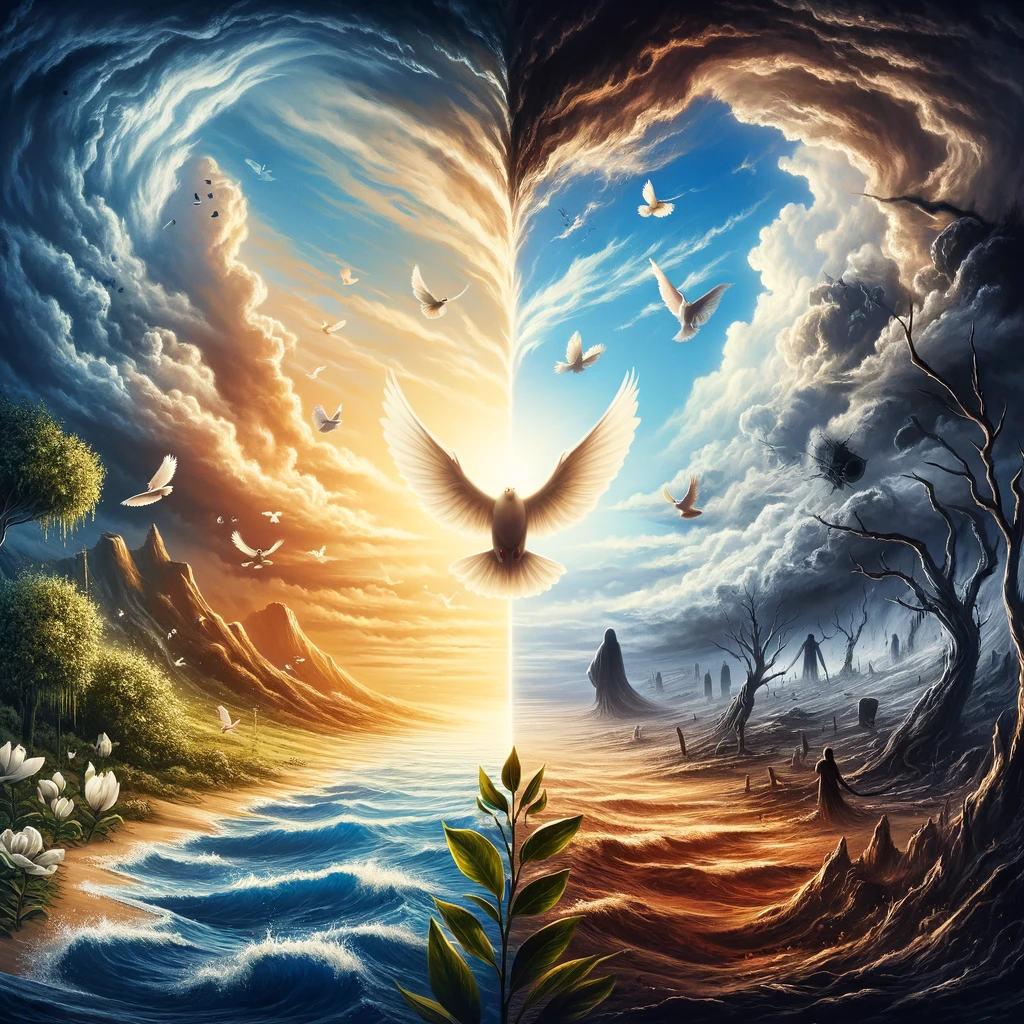
The thought of Imam Hussein in Iran and among many Muslims, especially Shiites, is rooted not only as a religious belief but also as a deeply inspiring cultural and social phenomenon. This thinking originates from the uprising of Imam Hussein (AS), the grandson of the Prophet Muhammad (PBUH), in Karbala in the year 61 AH against the forces of Yazid ibn Muawiya, the Umayyad caliph.Principles of Imam Hussein’s Thought:1. Uprising for Justice: Imam Hussein (AS), by standing against the tyranny and corruption of the Umayyad rule, symbolized the struggle for justice, human dignity, and the ethical principles of Islam.2. Significance of Martyrdom: In Imam Hussein’s thought, martyrdom is regarded as the highest degree of faith and sincerity in the path of God and Islamic principles. Martyrdom is not merely the end of life but the beginning of eternal life in the divine presence.3. Sacrifice: Readiness to sacrifice life and wealth for the sake of Islamic ideals and values, including defending the truth, resisting oppression, and advocating for freedom and justice, is an integral part of this thought.4. Inspiration for Generations: The uprising of Imam Hussein (AS) and his companions has inspired successive generations and serves as a foundation for resilience and perseverance in the face of hardships and trials.Impact on Iranian Society:In Iranian society, Imam Hussein’s thought transcends mere religious belief and is deeply rooted as part of the cultural and social identity. The mourning ceremonies of Muharram, Tasu’a, and Ashura, commemorating the uprising and martyrdom of Imam Hussein (AS) and his companions, are examples of this impact.
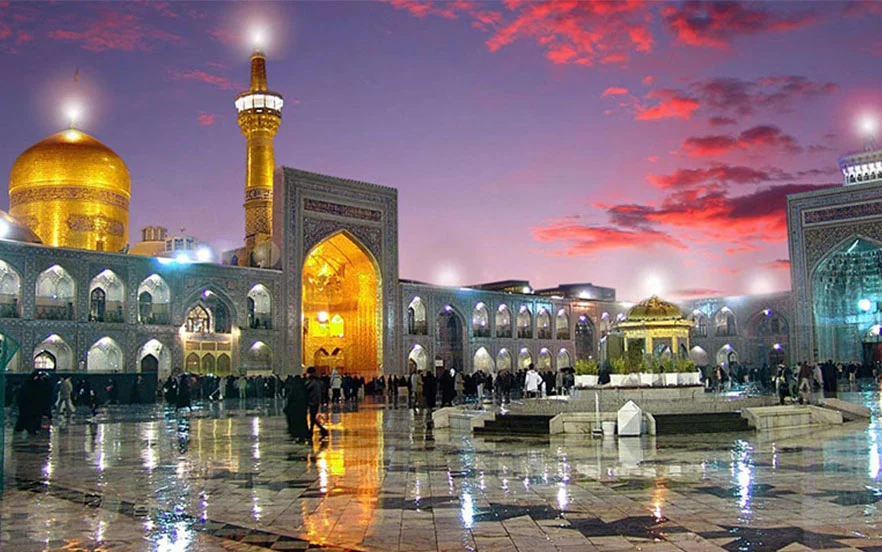
The shrine of Imam Reza, located in Mashhad, Iran, is considered one of the most important and sacred pilgrimage sites in the Islamic world, and it is the burial place of Ali ibn Musa al-Reza, the eighth Imam of Shia Muslims. This vast religious complex is renowned not only for its religious significance but also for its unique architecture and artistic beauty.Architecture of the shrine: The shrine of Imam Reza comprises several courtyards, iwans, mosques, and mausoleums adorned with exquisite tilework, paintings, woodwork, and delicate goldsmithing. This complex has expanded over centuries, with new sections added in each era.Religious and cultural significance: The shrine of Imam Reza serves as a major religious center, annually hosting millions of pilgrims from around the world. Pilgrims travel to this sacred place to pay their respects to Imam Reza and participate in religious ceremonies and celebrations held around the shrine.Educational and cultural centers: Surrounding the shrine, there are numerous educational and cultural centers dedicated to the study and promotion of Islamic teachings and knowledge about Imam Reza. The Astan Quds Razavi Library is one of the largest Islamic libraries globally, housing rare and valuable manuscripts.The shrine of Imam Reza is not only a sacred religious site but also a cultural and historical symbol for Iran and the Islamic world, where spirituality, art, and history are intertwined.
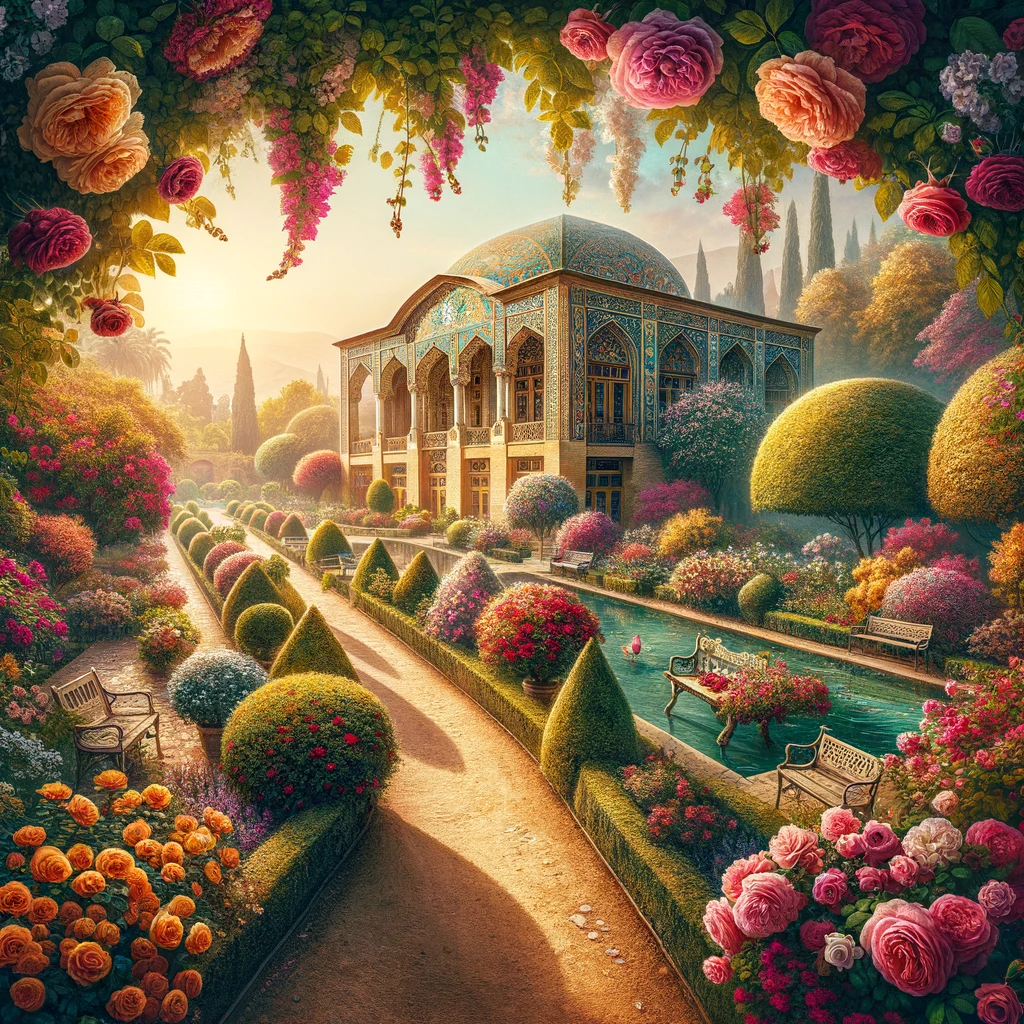
This image beautifully captures the essence of Eram Garden in Shiraz, Iran. It portrays the lush, vibrant pathways lined with a variety of plants and flowers, including the famous Persian roses. The ornate Qavam House, a historical mansion that stands as a testament to Persian architecture and art, is prominently featured, adding a layer of cultural depth to the scene. The garden is depicted as a peaceful oasis, embodying the tranquility and artistic spirit that Shiraz is renowned for. This image truly reflects Shiraz’s reputation as a city of poets, literature, and exquisite gardens, inviting viewers into a serene and culturally rich environment.
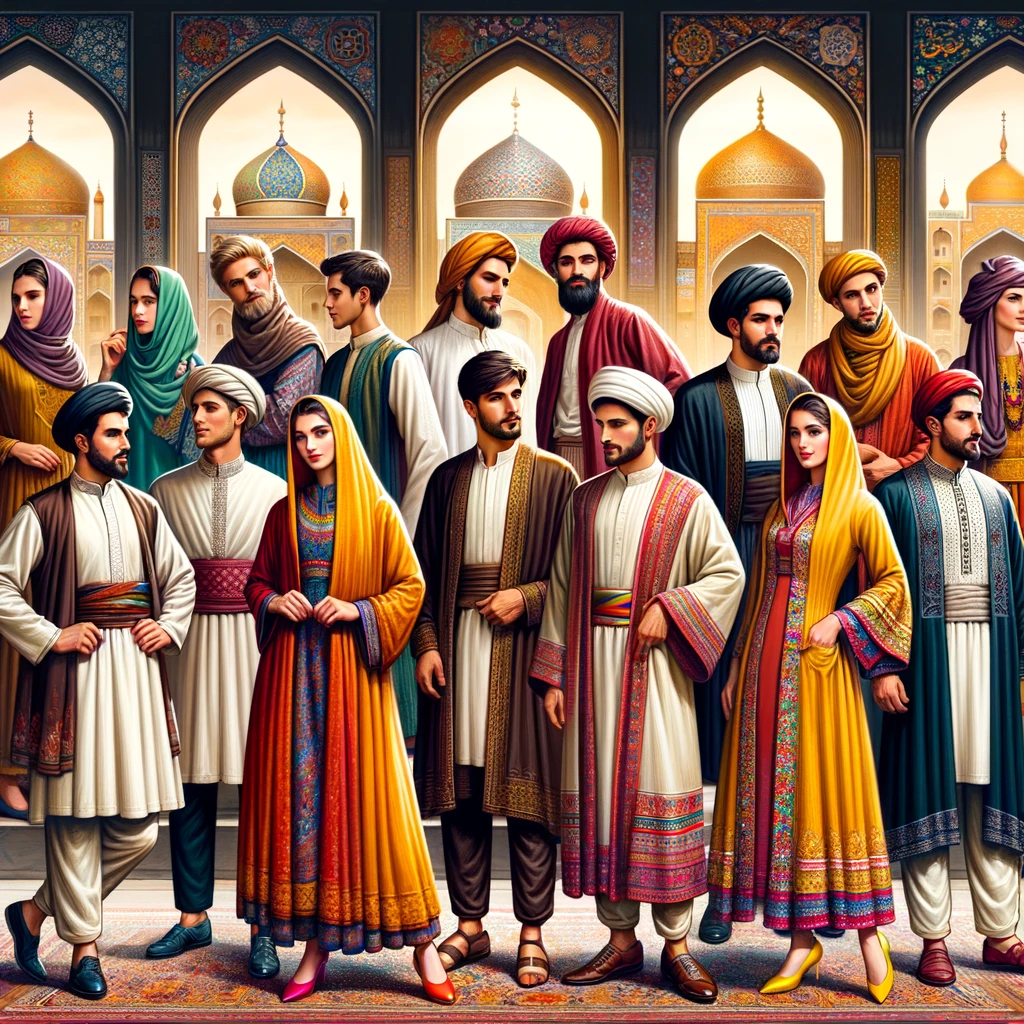
This image vividly showcases traditional Iranian clothing, highlighting the rich cultural heritage and aesthetics of Iran. Men are depicted wearing long tunics and vests, complemented by trousers and traditional headwear such as turbans or caps, embodying the classic elegance of male attire. Women are adorned in colorful chadors or manteaus, paired with headscarves, showcasing the vibrant and diverse fabrics typical of Iranian fashion. The background incorporates elements of Persian art and architecture, adding depth and context to the scene and underscoring the inseparable connection between Iran’s cultural identity and its traditional dress. This portrayal captures the elegance, diversity, and cultural significance of Iranian traditional attire.
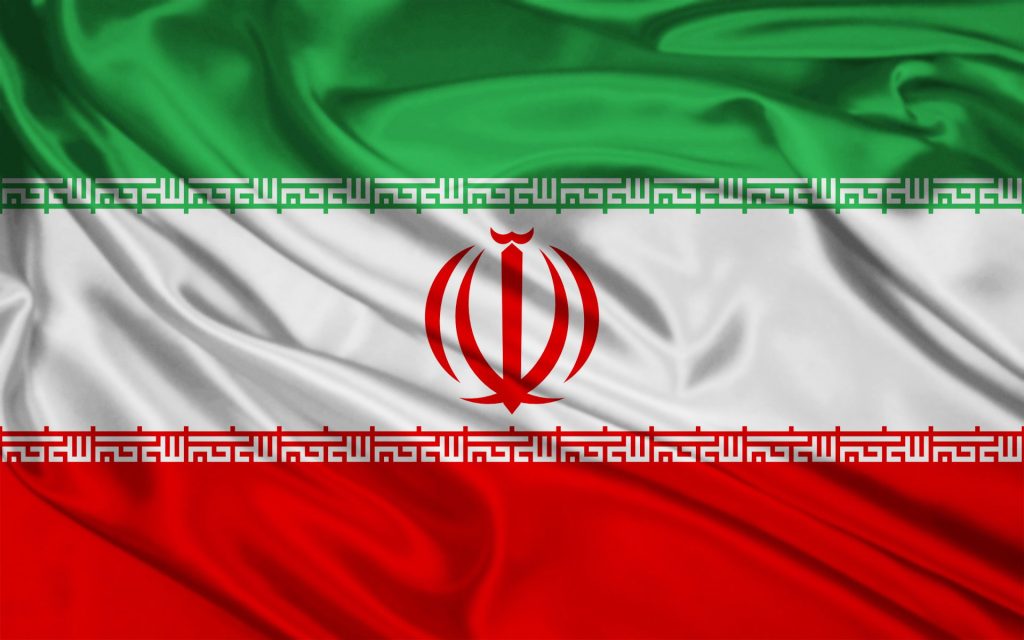
The flag of Iran is a national symbol and one of the official emblems of the country. This flag consists of three horizontal stripes in green, white, and red order. Each of these colors is symbolic and carries its own specific meanings:- Green: Symbolizes progress, freedom, and vitality.- White: Represents peace, friendship, and sincerity.- Red: Symbolizes bravery, courage, and the blood of martyrs who sacrificed their lives for the country.In the center of the flag, the name of Allah is written, abbreviated to the phrase “La ilaha illallah” (There is no god but Allah). Additionally, there are writings in Nastaliq script of the word “Allah” at the top and bottom edges of the flag, indicating the importance of religion in this country.In the white stripe of the flag, the slogan “Allahu Akbar” (God is great) is repeated 22 times in Nastaliq script, which refers to the date of the Islamic Revolution in Iran on the 22nd of Bahman (February 11th).

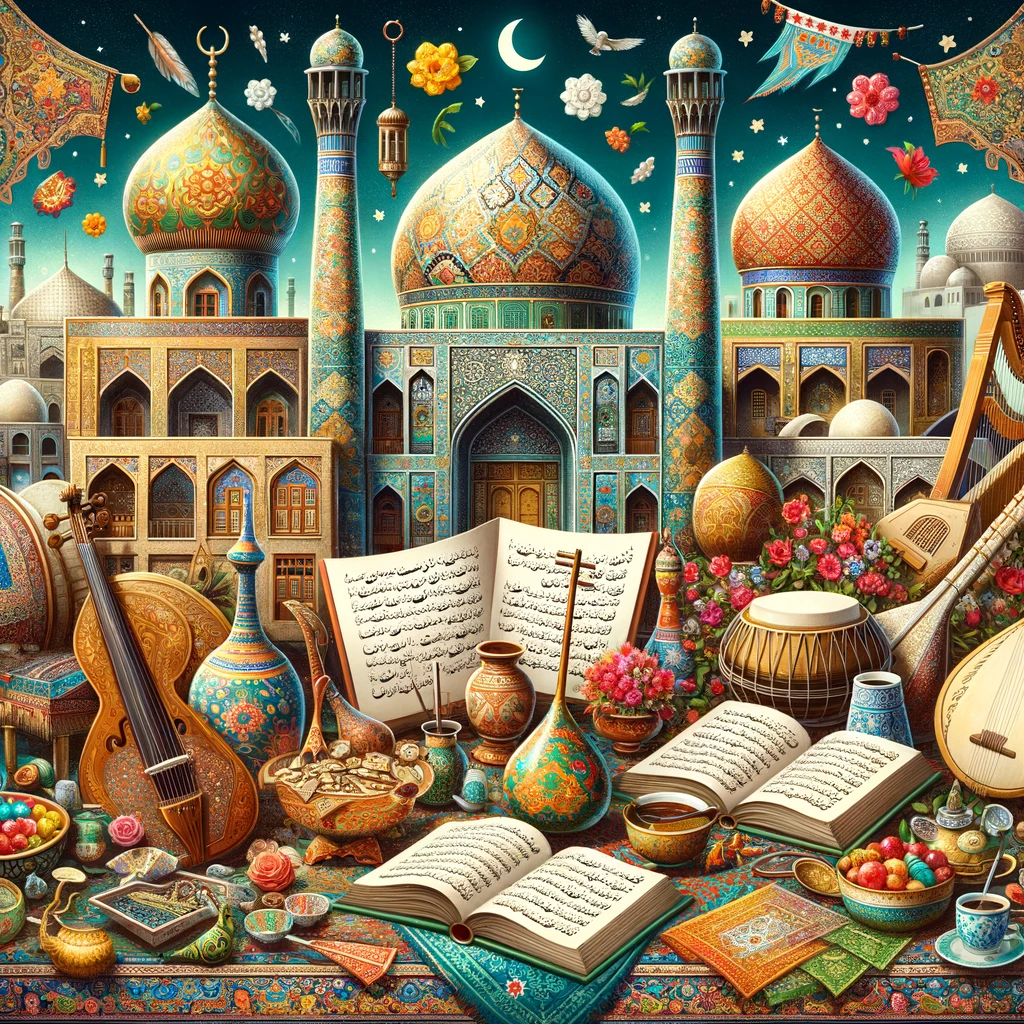
Leave a Reply